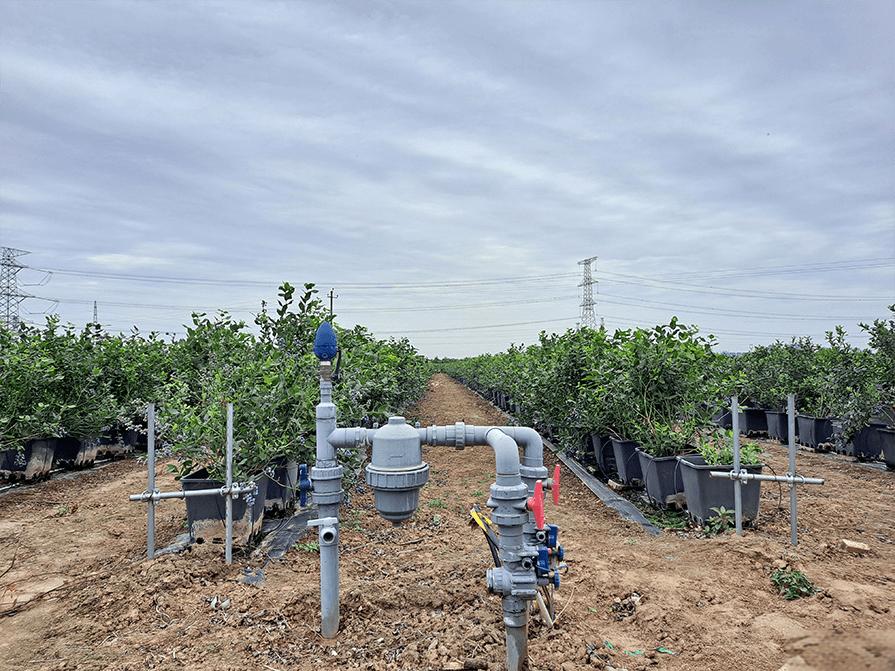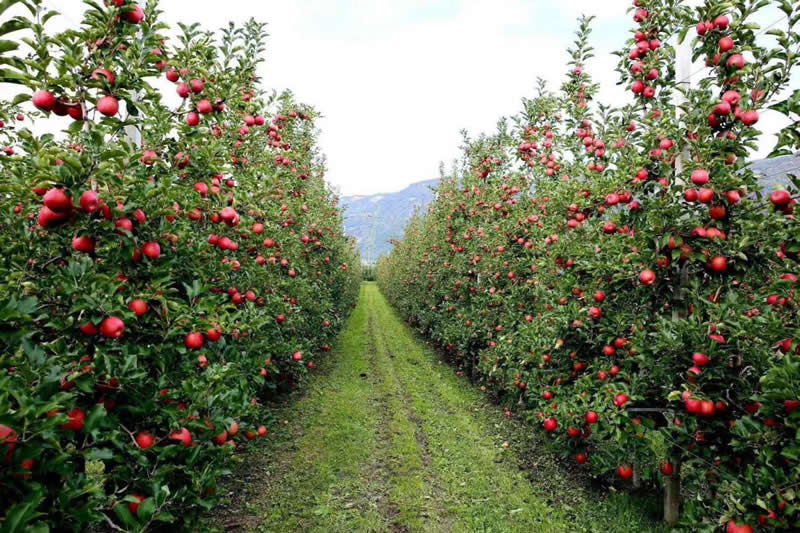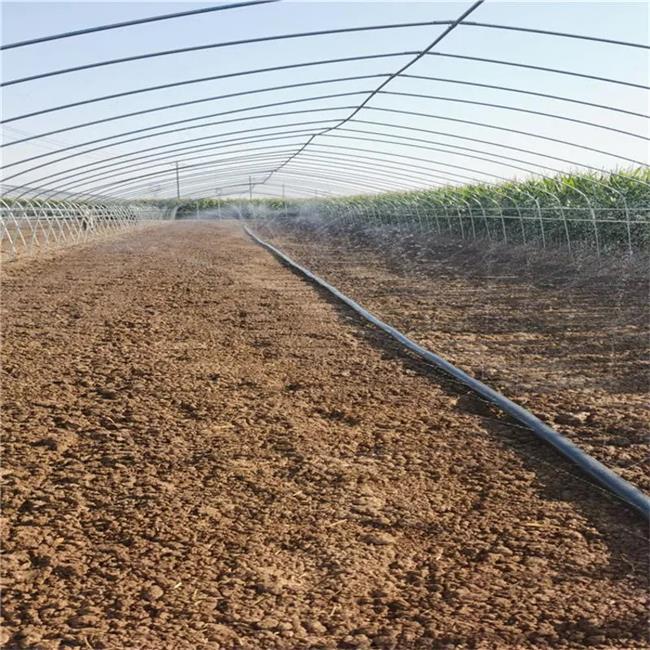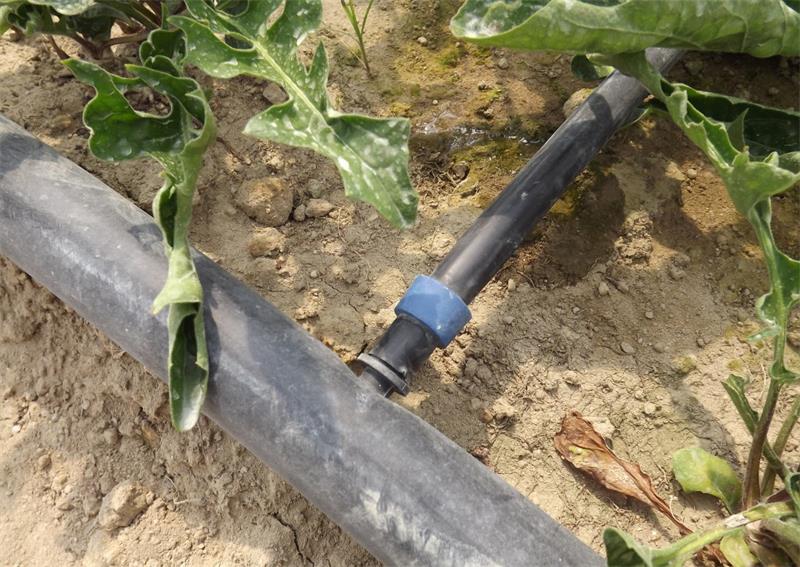Drip irrigation is a rapidly growing, water-saving, and efficient irrigation technology that has gained popularity in recent years. It delivers water and nutrients slowly to the root zone of crops through drip emitters. Traditionally, drip irrigation used micro-tubing emitters, where one end of the emitter was fixed to a water supply pipe, and the other end was placed near the crop’s root zone. However, these micro-tubing emitters were prone to clogging, especially in northern regions of the country where water quality is hard and contains high levels of calcium and magnesium ions. Additionally, they often provided uneven water distribution.
In recent years, pressure-compensating drip irrigation pipes or PE pipes with pressure-compensating emitters have been introduced. These systems offer uniform flow rates, are cost-effective, easy to maintain, and have a long lifespan, making them ideal for large orchards.
Key Advantages of Using Drip Irrigation in Orchards:
- Significant Water and Energy Savings: Drip irrigation can save 30% to 40% of water compared to surface irrigation methods, thereby reducing the consumption of fuel and electricity used for pumping water.
- Minimal Impact on Soil Temperature: The small amount of water applied through drip irrigation does not significantly affect soil temperature. Since water is delivered directly to the root zone, surface evaporation is minimized, which helps maintain higher soil temperatures compared to traditional surface irrigation. This leads to faster growth and earlier maturation of fruit trees, which is especially beneficial in controlled environment agriculture.
- Preservation of Soil Structure: Drip irrigation supplies water to the soil gradually, avoiding the disruption of soil structure.
- Reduced Air Humidity: The reduction in surface evaporation leads to a lower relative humidity around the orchard canopy, reducing the incidence and spread of diseases and pests by over 10%.
- Reduction in Water-Borne Diseases: This method significantly reduces the spread and re-infection rates of diseases like citrus greening and crown gall.
- Increased Fertilizer Efficiency: Combining drip irrigation with fertigation improves labor productivity. Fertilizers can be delivered directly to the root zone, saving about 50% of the fertilizer while enhancing its effectiveness. This method can also be used to apply soil disinfectants and pesticides, thereby reducing labor costs and increasing the effectiveness of pest control.
- Labor and Time Efficiency: Drip irrigation systems are either semi-automated or fully automated, allowing for easy operation. Once the system is installed, irrigation can be initiated simply by opening a valve and adjusting the pressure, making the process highly efficient.




